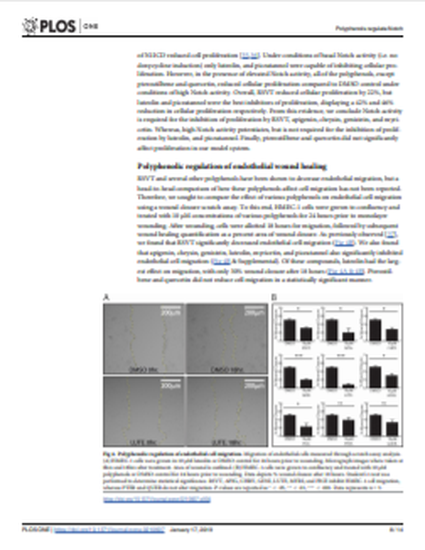
Premise of research. The opening of the Drake Passage in the Miocene (disconnecting Antarctica and South America and resulting in the establishment of the Circumpolar Current preventing warm waters from the north to reach the polar continent) has led to the formation of the ice sheets and the retreat of the temperate to tropical vegetation that had covered Antarctica for millions of years. With only two current native vascular plant species, Antarctica has been virtually ignored in biogeographical reconstructions and, when considered, only a posteriori invoked as a route of dispersal to reconcile inferred disjunct biogeographical patterns.
Methodology. Here, we provide a brief overview of the rich fossil record of Antarctica, further confirming that many plant families were once present on this continent and that the age of a family is mostly not correlated with its presence or absence on the continent. Such evidence indicates a need to develop a paleogeographical model incorporating Antarctica that can be applied to constrain ancestral area reconstructions.Wepropose such a model and investigate its effects on biogeographical scenarios using the cosmopolitan plant family Myrtaceae (a family with a rich fossil record in Antarctica) as a case study.
Pivotal results. Based on this evidence and previous studies that have shown the importance of Antarctica in the biogeography and evolution of plant lineages, we argue that this region should routinely be included as a predefined area in biogeographical analyses.
Conclusions. A possible paleogeographical model including Antarctica is proposed. It is subdivided into five time slices and spans the last 160 Myr. We expect that the formal inclusion of Antarctica in ancestral area reconstructions (using an evidence-based biogeographical model) will open further discussions and research programs assessing the importance of this area in shaping the current temperate and tropical floras and increase the precision of resulting biogeographical patterns.
This document was originally published in International Journal of Plant Sciences by the University of Chicago Press. Copyright restrictions may apply. doi: 10.1086/700581
Available at: http://works.bepress.com/sven-buerki/18/
